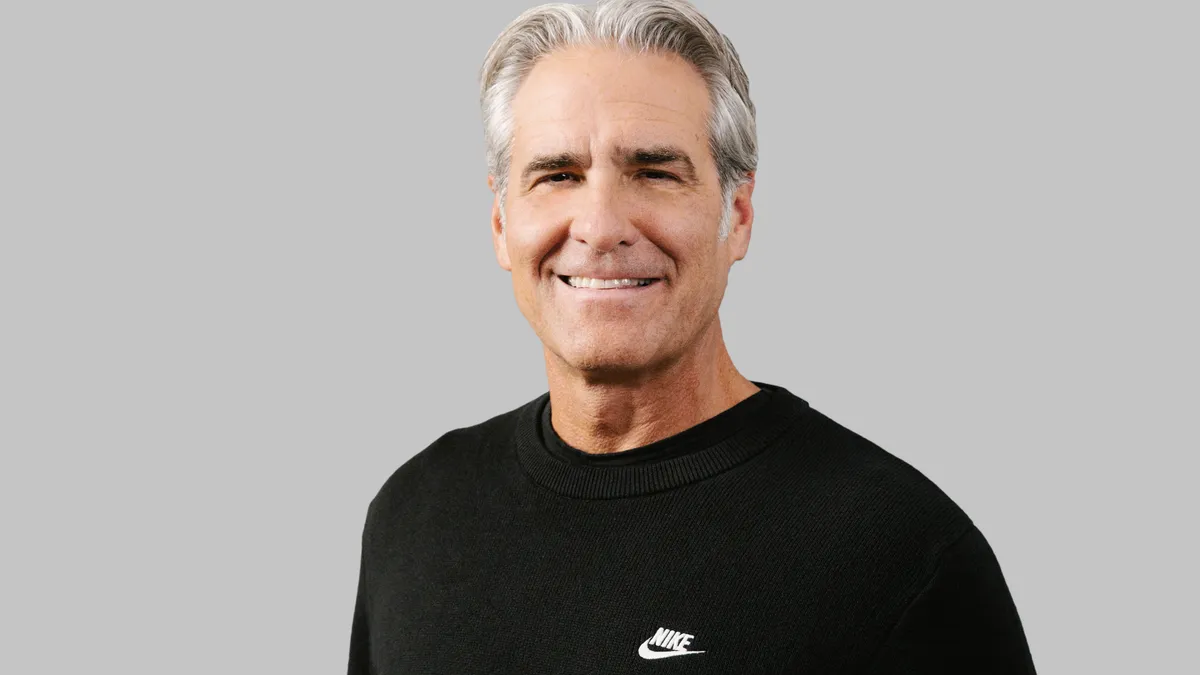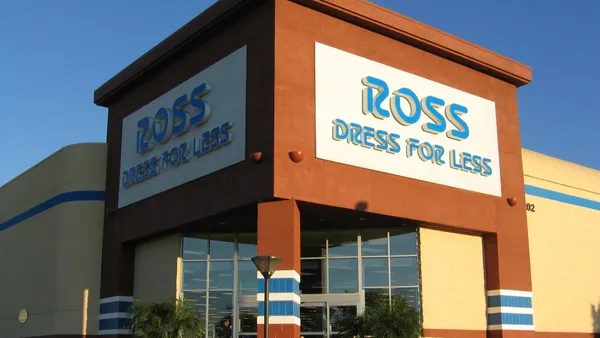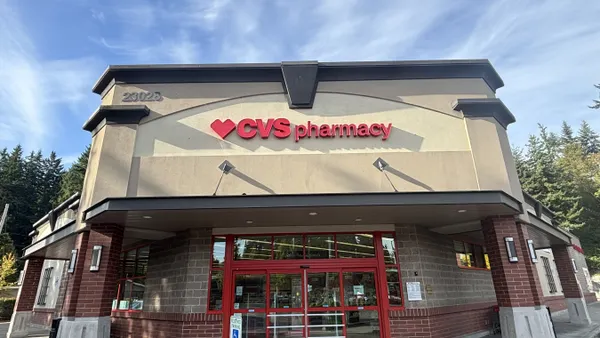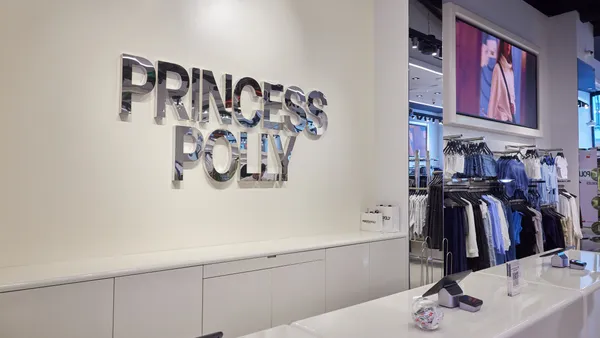Dive Brief:
-
Amazon reportedly has leased space in Chicago's iconic Willis Tower as well as Ogilvie Transportation Center — one of the area's main commuter hubs — to build two Amazon Go cashierless convenience stores, the Chicago Tribune reported citing unnamed sources.
-
The news comes about a month after some media reported that Amazon zeroed in on Chicago and San Francisco as the locations for its first Amazon Go stores planned outside Seattle.
-
Amazon opened its first Amazon Go store in Seattle last January, a little over a year after the company announced its plans for a cashierless store model. In San Francisco, Amazon reportedly has in mind the busy Union Square area for a Go store, according the San Francisco Chronicle.
Dive Insight:
The Tribune report points out that the 110-story Willis Tower (formerly the Sears Tower) is visited each day by about 25,000 workers and tourists and is undergoing a $500 million renovation of its lower-level retail spaces. It's also about two blocks from Union Station, the larger of the city's two train hubs. The Ogilvie Transportation also is home to offices and an existing retail concourse.
In other words, if the report is true, Amazon is targeting two locations flush with foot traffic where people heading to and from work are likely to be shopping for convenience items. It's not clear how soon the e-commerce giant will open these locations (Amazon declined comment for the Tribune story), but the company reportedly plans to open around a half dozen new Amazon Go stores in different markets this year.
Plans for these new stores are advancing at a significant time in the broader movement toward cashierless or otherwise accelerated mobile checkout schemes. Amazon reportedly experienced some technical challenges with the concept during its pilot phase in Seattle, while other retailers like Walmart and Kroger launched their own versions of the concept.
Since then, however, Walmart has ended its own cashierless service, Scan & Go, as it moves ahead with a different service which relies on employees with mobile devices to accelerate the checkout experience.
It's a reminder that there is still much to be sorted out with this model. It may prove valuable for convenience-style retailers (Amazon Go and Starbucks, another big name with cashierless ambitions, for example), but perhaps not for the majority of other retailers.
It also may depend on how much shoppers need to interact with their phones or other devices to make cashierless checkout work. Walmart Scan & Go users reportedly had problems with wielding their phones while also trying to weigh produce, for instance.
Nonetheless, Juniper Research estimates cashierless transactions will reach $78 billion in transactions by 2022, up from an anticipated $9.8 billion in 2017. But for now, the research firm found that the limited adoption of cashierless checkout hardware has to do with the cost and complexity of infrastructure integration and bringing these systems into wider use.












